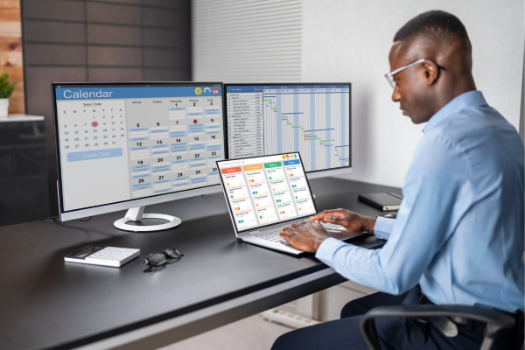
The True Cost of Design Changes: How to Minimize Budget Creep
Design changes are common in construction. They seem small at first. But they can cause big problems fast.
Unexpected changes add costs and delay schedules. Some can even stop work altogether.
The good news? You can plan for them. You can also limit their damage.
This article explains what design changes cost you. We’ll also show you simple ways to reduce budget creep.
Bidlight helps you stay in control. Let’s get started.

Understanding the Impact of Design Changes
Design changes happen for many reasons. A client may request something new. Site conditions may force adjustments.
Sometimes, codes or permits require it. Other times, details were missed in the early planning.
The result? Higher labor costs. Wasted materials. More time on-site.
Studies show design changes can cause 10-15% cost overruns. That’s a big hit to any budget.

The more changes you make, the more the costs climb. Even “small” updates add up fast.
Extra labor and materials can also create delays. Delays mean extra rental, overhead, and staffing costs.
Worst of all, changes can ripple through every phase of a project. One small switch can force multiple adjustments.
The first step to minimize this? Understand just how expensive design changes can be.
Common Causes of Budget Creep
Budget creep sneaks up on you. It happens slowly, then all at once.
The top cause? Poor planning. If early plans aren’t clear, the design keeps changing.
Another big problem: unclear communication. Misunderstandings between owners, designers, and contractors often lead to changes.

Scope creep is also common. That’s when extra work gets added without updating the budget.
Sometimes people forget to budget for small items. Those small items turn into big expenses.
Lack of contingency funds makes everything worse. If you don’t have a buffer, surprises wreck your budget.
Change orders without formal review can be deadly. Every change must be approved and tracked.
Knowing these causes lets you stop them before they grow. It’s the smartest way to avoid budget creep.
Strategies to Minimize Design Change Costs
You can’t stop all design changes. But you can control them.
Here’s how:
Involve everyone early. Bring in owners, designers, engineers, and contractors from the start. Agree on the plan.
Plan carefully. Create detailed drawings and specifications. The more complete they are, the fewer changes later.
Use a clear process. Every change should go through formal review. Analyze costs and impacts before saying yes.
Communicate constantly. Keep the entire team updated. Make sure everyone knows the latest decisions.
Set clear expectations. Explain to clients what counts as a “change.” Track all requests in writing.
Create a change log. Document every change and its impact on costs and timelines.
Budget for surprises. Set aside 5–10% of the budget as a contingency fund.
These steps won’t eliminate changes completely. But they’ll keep you in control. They turn chaos into clear, manageable steps.
Bidlight gives you the tools to track these changes and manage them in real time. Stay ahead of budget creep with smart planning.
Leveraging Bidlight for Budget Management
Bidlight makes design change management easier.
With Bidlight, you get real-time cost tracking. You can see how any change will affect your budget.
It also helps you manage change orders. Every request gets logged and approved the right way.
Bidlight makes communication simple. Everyone on the team can see updates immediately.

You also get better forecasting. Bidlight helps you predict where costs may rise before it happens.
The result? Fewer surprises. Less budget creep. More control over your project from start to finish.
Bidlight works alongside your process. It helps teams avoid costly delays and overruns.
If you want better budget control, Bidlight is the partner you need.
Conclusion
Design changes will always happen. What matters is how you handle them.
Poor planning and bad communication cause budget creep. Careful planning keeps you on track.
Use early collaboration, strong processes, and smart tracking tools.
Bidlight helps you manage changes with confidence. You stay on time and on budget.
Don’t let small changes turn into big problems. Start strong, plan better, and trust Bidlight to guide you.
That’s how smart teams win in construction.